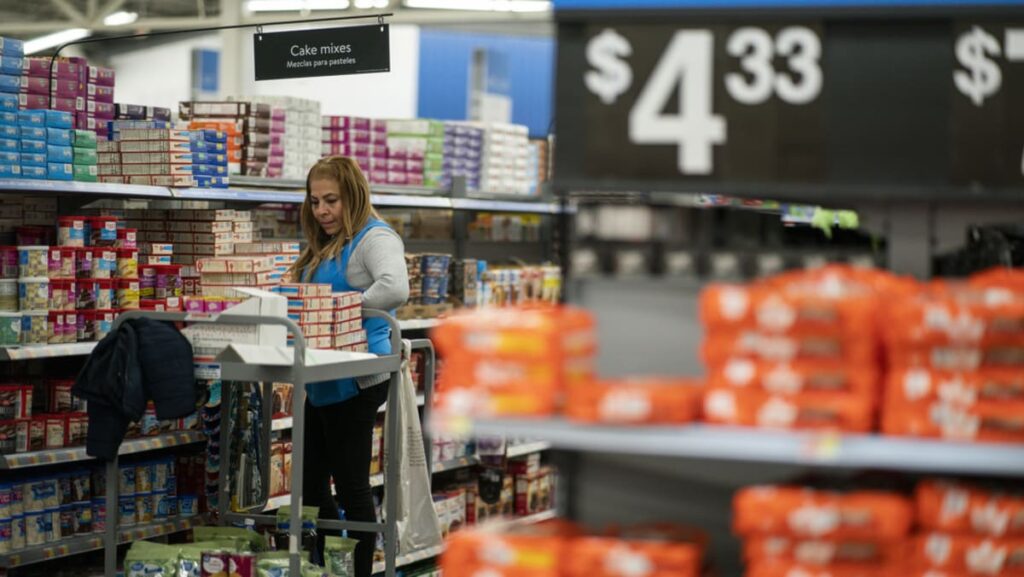NEW YORK: Because the US goes to the polls, its financial system seems to be unusually sturdy. Averaging almost 3 per cent development for 9 straight quarters, the nation is attracting heavy flows of international cash, which have helped push its share of the worldwide inventory market index nicely above 60 per cent, a document excessive.
But voters stay pessimistic about their financial and monetary prospects.
Why? US development is a mirage for many Individuals, pushed by rising wealth and discretionary spending among the many richest customers, and distorted by rising earnings for the largest companies. Instances look good however this development is lopsided, brittle and closely depending on spending and borrowing by the federal government, which is often the lender of final resort.
Though the world marvels at “unsinkable” US customers, a rising quantity are priced out of homes and falling behind on credit-card debt. The underside 40 per cent by earnings now account for 20 per cent of all spending whereas the richest 20 per cent account for 40 per cent.
That’s the widest hole on document and it’s more likely to widen additional, says Oxford Economics, a consultancy. Most Individuals now spend a lot on necessities reminiscent of meals that they’ve little left for extras like journey or consuming out.
Discretionary spending is changing into a luxurious for the rich, and so is optimism. Confidence collapsed through the pandemic and has since recovered rather more strongly for the richest third of customers than for the center or backside thirds. The impression of rising wealth on spending can also be concentrated amongst wealthy customers, who personal a lot of the property.
This decade, booming monetary markets added US$51 trillion to US wealth and whereas millennials did particularly nicely, nearly all their good points went to wealthy millennials. To a widening wealth hole between the younger and previous, add this new supply of division and anger throughout the youthful era.
